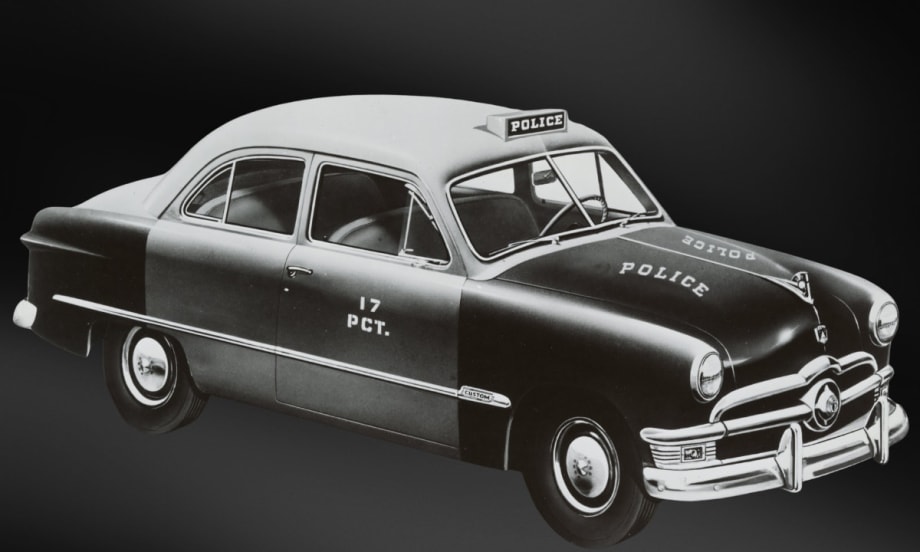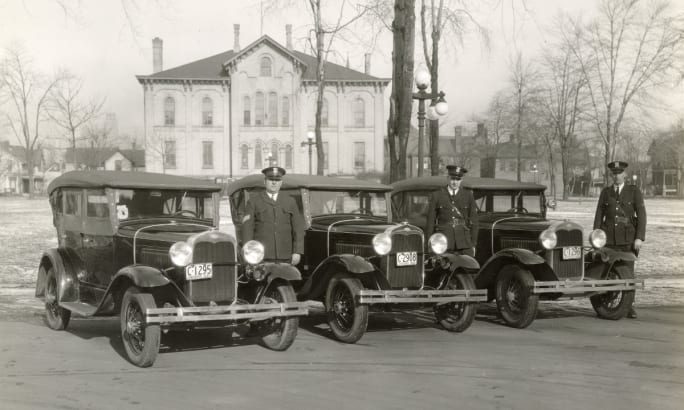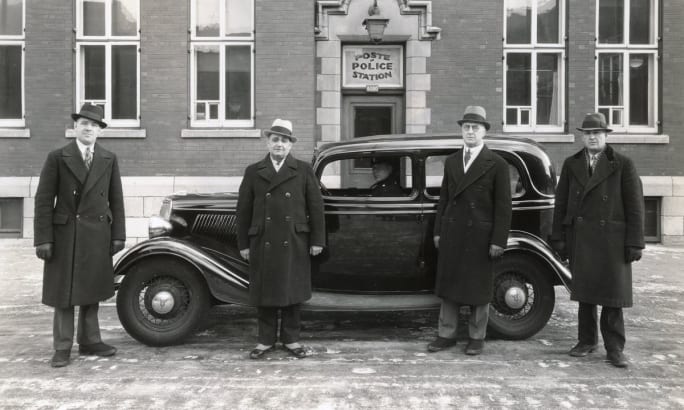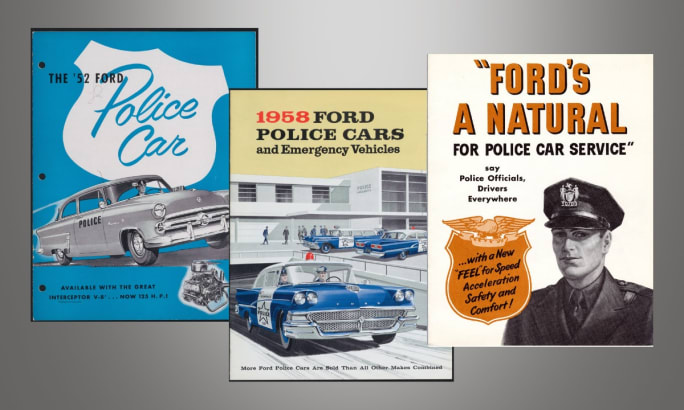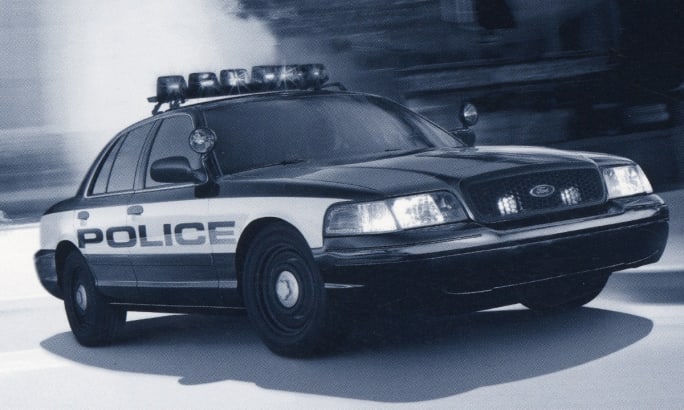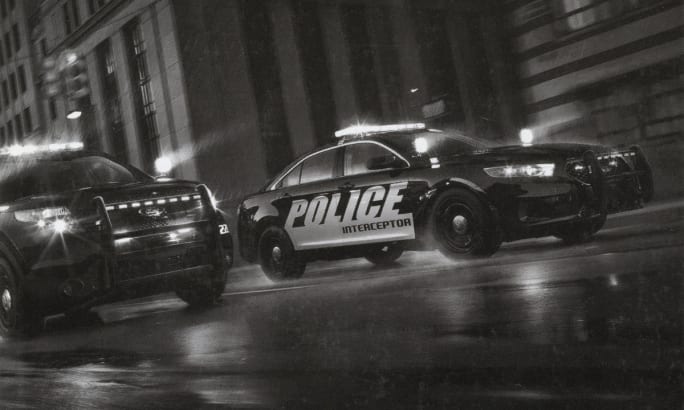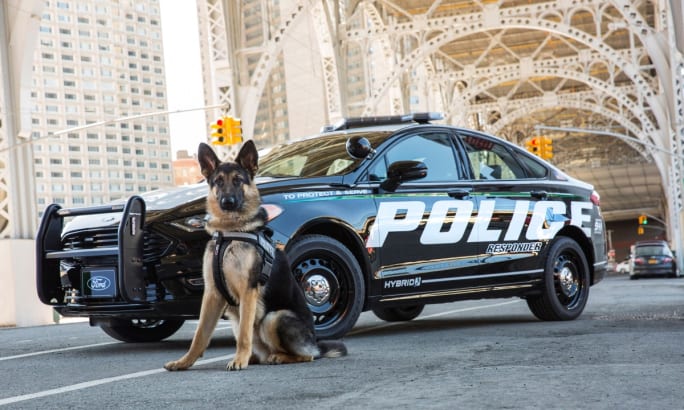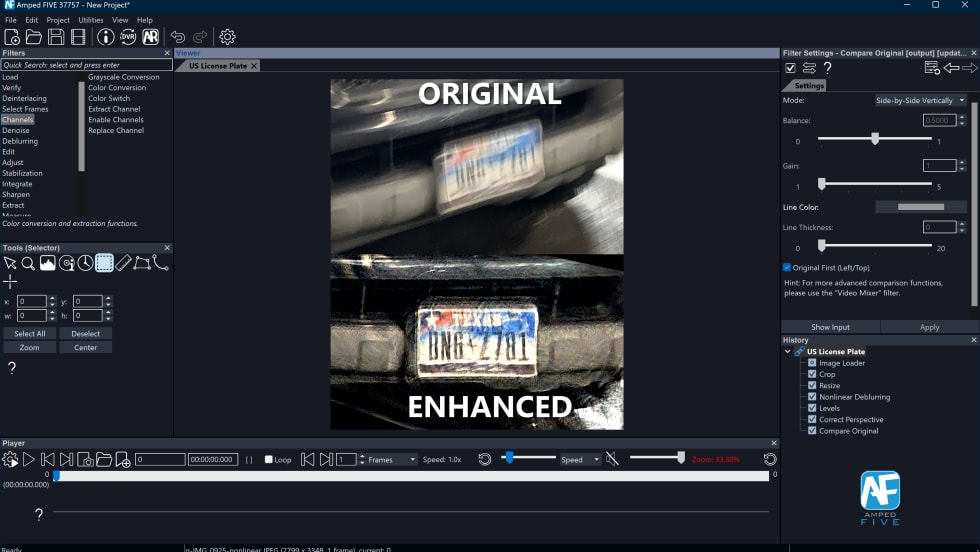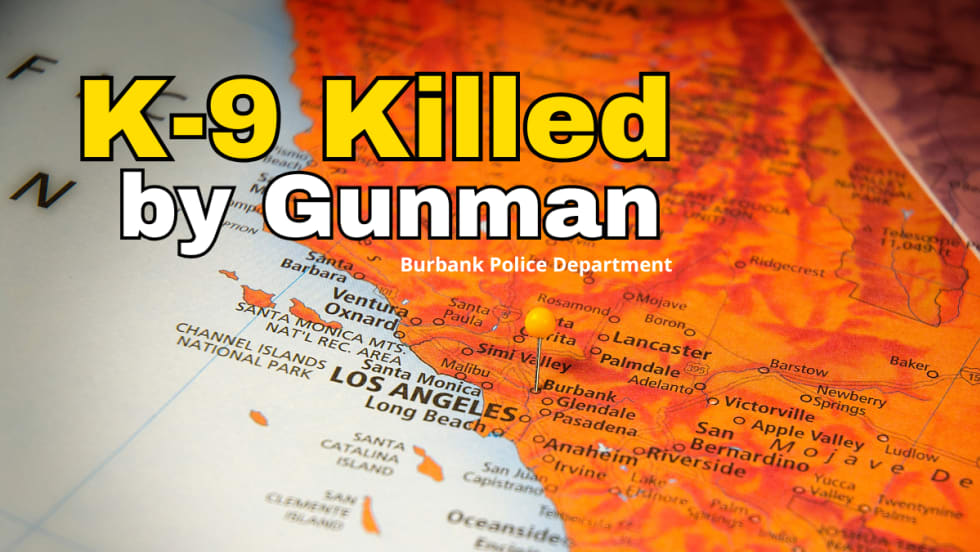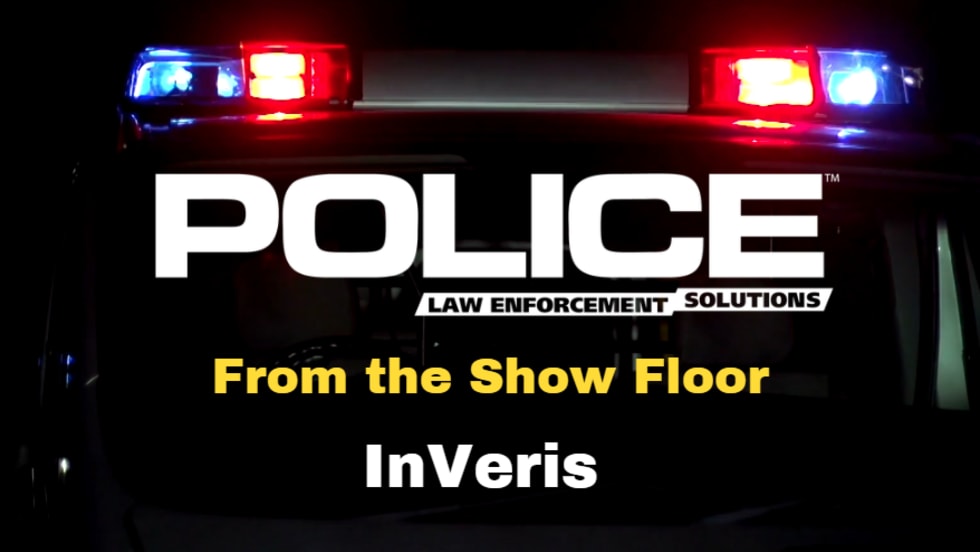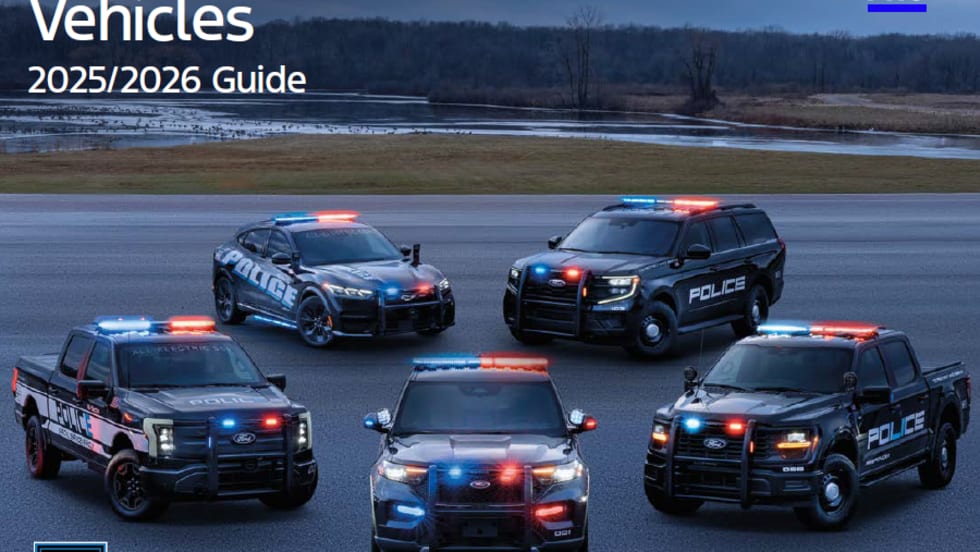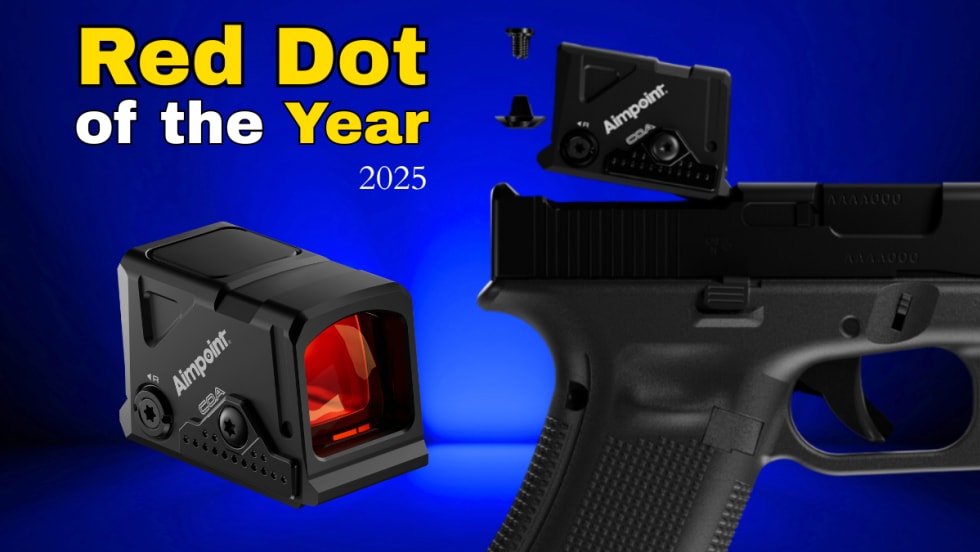An early challenge Ford faced was meeting that high level of demand during the unprecedented supply chain disruptions caused by the global COVID-19 pandemic. The pandemic and subsequent widespread parts shortages meant that critical components like semiconductors — 1,000s of which go into every modern vehicle — were spread thin across the auto industry.
Despite these early supply challenges, PIU Hybrid production capacity has grown to keep pace with demand. The vehicle has demonstrated impressive fuel savings potential, with the 2025 Police Interceptor Utility with standard hybrid powertrain potentially saving an estimated 838 gallons of fuel per year, per vehicle. That translates to $2,933 in potential savings per year, per vehicle (assuming a gas price of $3.50 per gallon), with savings potentially growing to approximately $17,600 over a 6-year ownership term. Additionally, there's a potential environmental benefit of 14,800 pounds of CO2 reduction per year, per vehicle.
“For the 2026 Model Year, Ford is bringing the PIU Hybrid in line with that of the non-Hybrid PIU, removing a cost-related barrier to entry for police departments, fire departments, and other public safety customers. That’s how much we believe in the hybrid powertrain and the savings it can offer buyers,” Bertino says.
Like the rest of Ford’s police vehicle lineup, the PIU Hybrid has proven its performance at the Michigan State Police testing, so it's likely the new pricing will increase sales. For the 2025 model year, the PIU Hybrid with all-wheel drive hit a top speed of 136 mph and a 0 to 60 mph acceleration time of 7.76 seconds. That’s slightly slower than the 2025 PIU Utility with the 3.0-liter EcoBoost engine and all-wheel drive and a little faster than the standard 3.3-liter gas engine PIU Utility.
Ford’s other major innovation of the 2020s was the Mustang Mach-E battery electric patrol vehicle. As of this writing, the electric Mustang has not been offered in a true police package but Ford does sell it to law enforcement agencies for use as a patrol vehicle. The Mach E has been impressive in testing by the Michigan State Police. During the MSP’s 2024 model year testing, the Mach E hit a top speed of 124 mph and demonstrated a blistering 0 to 60 mph acceleration time of 4.07 seconds. The Mustang Mach-E is currently in service with the New York City Police Department.



